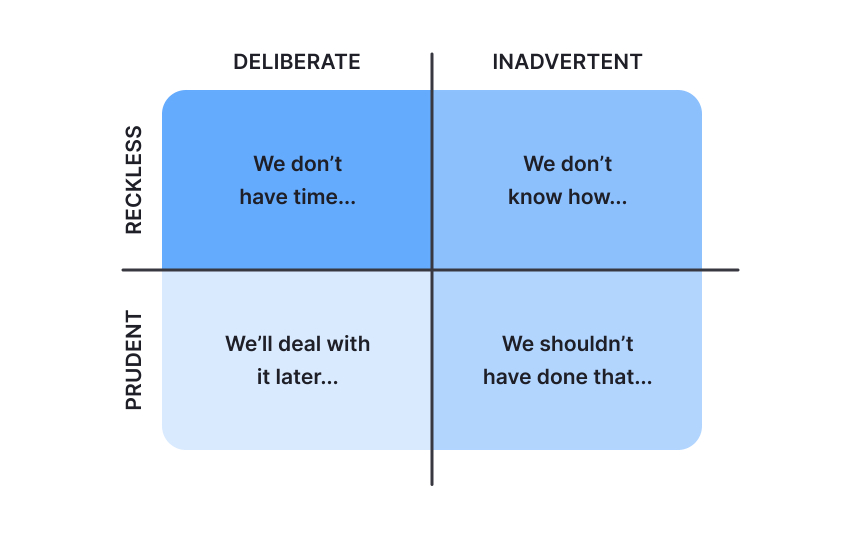Managing technical debt trade-offs
Product managers frequently face decisions about technical debt, meaning the extra work that builds up over time when quick fixes or shortcuts were used instead of writing clean, long-lasting code. Managing these trade-offs effectively requires balancing immediate business needs against future flexibility and sustainability.
Key considerations when managing technical debt:
- Recognize different types of debt: Not all technical debt is equal: some creates major roadblocks while other types have minimal impact
- Prioritize based on impact: Focus on addressing debt that frequently slows development or affects user experience
- Schedule regular debt payments: Allocate a consistent percentage of development time (15-20%) for paying down technical debt
- Make debt visible: Track technical debt like you would features, with clear descriptions of the problems and their impacts
- Involve the whole team: Technical debt decisions should include both business and engineering perspectives
- Communicate trade-offs clearly: When accepting new debt, document why and set expectations about when it will be addressed
The most successful product teams neither ignore technical debt completely nor obsess over perfect code. Instead, they make deliberate decisions about when to take on debt (for speed or experimentation) and when to pay it down (to enable future capabilities or improve performance).
Pro Tip: After each major release, schedule a brief retrospective specifically about technical debt: what was created, what was resolved, and what should be prioritized next.

